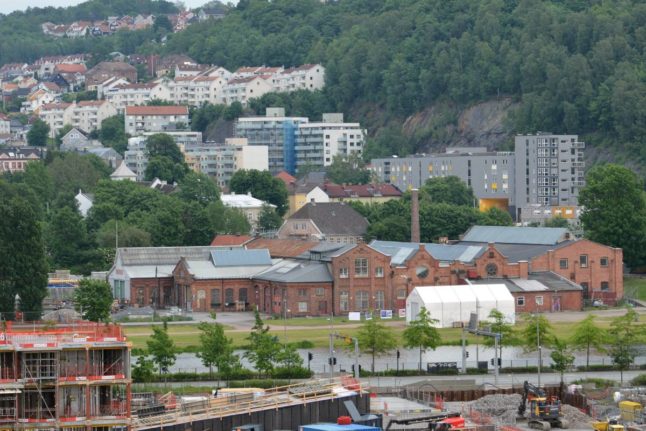Norway’s key policy interest rate has increased dramatically over the past few years. Between September 2021 and December 2023 it was raised from the historic low of 0 percent to 4.5 percent. This took interest rates to their highest level since 2008.
Rate increases have been pointed to by the central bank as the answer for a rising cost of living in Norway. While inflation is down from its October 2022 peak of 7.5 percent, there is still some ways to go to reach Norges Bank’s target of two percent.
READ MORE: Three reasons to be optimistic about your finances in Norway
The implications of high (and rising) interest rates for Norwegian households are significant.
For instance, in a scenario where a homeowner holds a mortgage of 3 million kroner with a interest rate of 5.0 percent over a 25-year repayment period, their monthly payment would stand at approximately 17,600 kroner.
A good mortgage rate these days is around the 5.5 percent mark. Such a rate would translate to monthly repayments of 18,500 kroner.
If interest rates were to climb further, reaching 6.5 percent, the monthly payment would surge to approximately 20,300 kroner.
Inflation: What the most recent figures point to
Norway’s central bank will not cut rates unless there are signs that inflation is being brought under control.
The price increase in Norway from February 2023 to February 2024 amounted to 4.5 percent, according to the most recent figures from Statistics Norway (SSB) published in March.
Kyrre M. Knudsen, the chief economist at Sparebank 1 SR-Bank, told The Local Norway that those hoping for rate cuts can be somewhat content with last week’s inflation figures.
READ MORE: How Norway’s weak krone could affect your wages this year
“For the total inflation, the recent inflation figures were as expected. However, the good news was that core inflation fell significantly more than both the market and Norges Bank expected,” Knudsen said, explaining that this was good news for everyone hoping for a rate cut, as inflation ended up being lower than anticipated.
“Overall, these figures pull down the interest rate path and keep the hope of an interest rate cut in June alive,” he said.
What needs to happen for the central bank to cut its interest rate?
According to Sparebank 1 SR-Bank’s chief economist, two things would need to happen for a rate cut to materialise in June or July of 2024 – lower inflation or a slowing down of the economy.
“On Tuesday, the inflation figures from the USA came in higher than expected. This is a reminder that it takes time to reach the inflation target. Inflation has been slightly above 3 percent since last summer,” he said, noting that it would need to go down moving forward for rate cuts to take place.
Kundsen also said that the market expects unchanged interest rates in March and May but is still pricing in that the US Federal Reserve will cut interest rates in June.
“At the same time, figures like this make it somewhat more uncertain whether there will actually be a rate cut before the summer,” the financial expert said, adding that a lower policy rate in the USA and Europe in June would pave the way “for a Norwegian rate cut in September.”
“But if inflation continues to stay at this level, we have to see if Norges Bank has a basis for cutting in September,” he said.
READ MORE: What’s next for Norway’s weak krone?
Kjetil Martinsen, chief economist at Swedbank Norway, shared a similar forecast with The Local.
“A faster disinflationary path could, in isolation, lead to faster rate cuts – more towards a ‘normal’ level around 3 percent. Norges Bank needs to be confident that inflation is approaching the target of 2 percent,” and will stay there “over the medium term.”
There will be more confidence “once running inflation nears the target,” and “cost pressure, including a weak krone and high wage growth, recedes.”
“Hence, June will likely be too early for a rate cut unless an unforeseen slowdown in the economy occurs. We think September now is more likely to be the date of the first cut,” Martinsen said.
The prospects of a rate increase this year
Despite the ongoing debate, financial experts don’t think further hikes are likely in 2024.
“An increase is unlikely. As it looks right now, we expect a cut in the interest rate this fall. This means that most people will not notice a decrease in mortgage rates until late in 2024,” Knudsen told The Local.
“Therefore, people need to prepare for the interest rate level to stay at the current level for most of the year. But all the figures that come in affect the prospects. It can, therefore, change towards the summer,” he concluded.
Swedbank Norway’s chief economist, for his part, agreed that there is a “very low probability of another rate hike this year,” though he pointed out that one “should never rule out any scenario.”



 Please whitelist us to continue reading.
Please whitelist us to continue reading.
Member comments